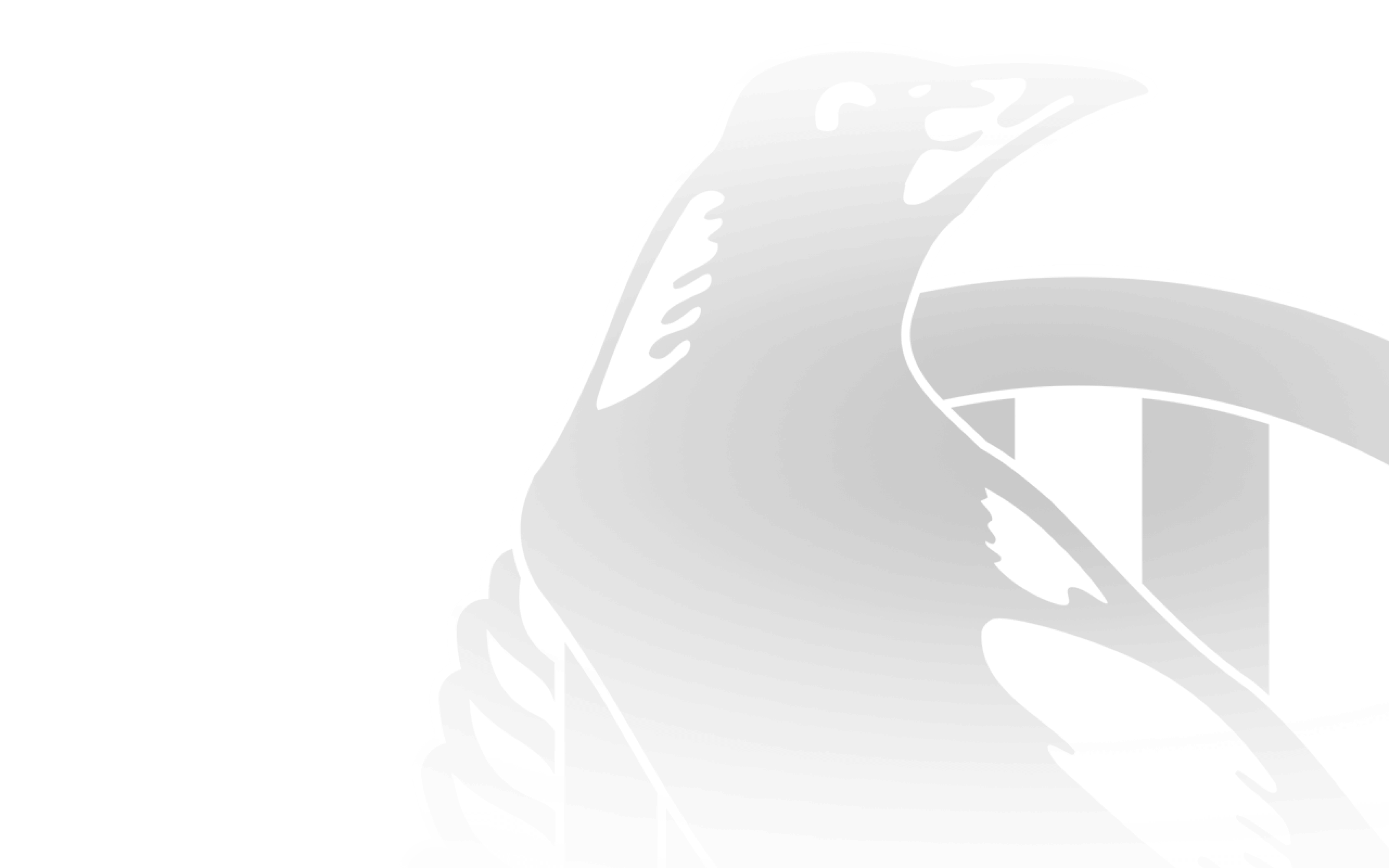Collingwood has known some big nights throughout its history, but few have been more significant than Friday 12 February 1892.
The Collingwood Football Club had been formed – in name only – midway through 1889. But it had taken the club’s founding fathers more than two years to finally gain admission to the Victorian Football Association competition.
That decision finally gave the Magpies the green light to start the serious business of assembling their own football team. The community, business and political leaders behind the push for the club were convinced they had significant support from the local community for the venture, but nobody knew just how strong that support would be. These were tough times, and the 1890s Depression was hitting hard.
So the club arranged a public meeting at the Collingwood Town Hall to get a better idea of community interest in the fledgling club. ‘Football! Football! Forward Collingwood!’ read the ad promoting the meeting.
And what happened that night, February 12, has gone down in history.
The crowd that turned out surprised even the club’s most ardent supporters. There were so many people there that some of those present – including a few journalists eager to record the historic occasion – had to follow the proceedings at a distance, through an opened window. It was standing room only for the first time – but not the last – in Collingwood’s history.
MORE ON 1892: Stories and tales from years gone by on forever.collingwoodfc.com.au.
Local politician W.D. Beazley, who would go on to be the club’s first president, chaired the meeting, and speaker after speaker clamored to offer bold predictions about the future glories that awaited the new club. He enthusiastically told the large gathering that the Collingwood club would “draw immense crowds and be the cause of much money being spent in the district”. On a more cautious note, he urged those in attendance to “be true to their colours, and not be dispirited if they at first lost matches, as they (the players) would require one or two seasons to lick them into first class football”.
The next speaker, John Hancock MP, was less circumspect. Sensing the buoyant mood of his audience, he offered a joke to start proceedings, claiming he was too fat to don a Collingwood guernsey and too stout to act as goalpost.
But, more seriously, he claimed the club would soon be “the premier team – for the very name Collingwood would strike terror into the hearts of opposition players”. Hancock also set the scene for Collingwood supporters for the next century, and beyond, by suggesting that “if barracking would prevent an opposing player kicking for goal, (the barracker) would be there and give such unearthly shrieks as would terrify the kickist”.
Despite the feeling of optimism at the meeting, there were reminders of the worsening economic climate surrounding them. Beazley himself had to be excused before the conclusion in order to address a rally of unemployed residents.
An even more ominous reminder of the situation came in the local Mercury newspaper which reported on the same day as the meeting that “there were some 60,000 men, the bone and sinew of the colony, walking the streets of the metropolis and suburbs, idle and penniless”.
This was hardly the ideal time to be embarking on a new venture. But the people behind the new club had judged the public mood to perfection. There really was a massive, community-wide push for Collingwood to have a club of its own – a means of competing with their suburban rivals and winning some pride and respect for the oft-derided ‘Collingwoodites’.
Three months after this historic meeting, on 7 May, the Collingwood Football Club played its first ever senior game. A massive crowd of more than 16,000 turned up. By year’s end, Collingwood had the biggest membership of any club. A powerful force had been unleashed on football – and the first signs of it had been shown at the Collingwood Town Hall on February 12, 1892.


